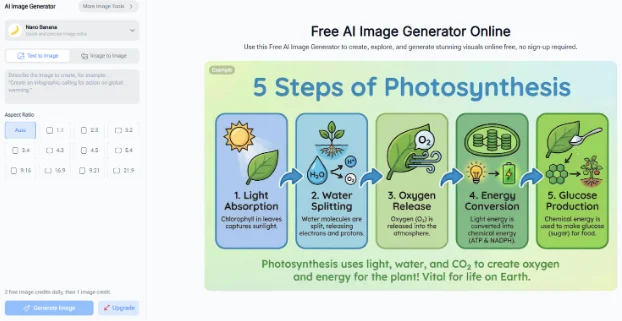
In today’s digital age, where websites play a crucial role in businesses and personal endeavors alike, the need for fast-loading web pages is more important than ever. One of the most common culprits slowing down websites is large, unoptimized images. Images are essential for engaging visitors and conveying information effectively, but if they’re not optimize image for web, they can significantly impact page load times and user experience. In this guide, we’ll explore the importance of optimizing images for the web and provide practical tips on how to do so effectively.
Understanding the Importance of Image Optimization
Before diving into the specifics of image optimization, it’s crucial to understand why it matters. Large, unoptimized images can drastically increase the time it takes for a web page to load, leading to higher bounce rates, lower search engine rankings, and ultimately, a negative impact on user experience. In today’s fast-paced digital landscape, where attention spans are short and competition is fierce, a slow-loading website can be a death sentence for businesses and individuals alike. By optimizing images for the web, you can improve page load times, reduce bandwidth usage, and create a more seamless and enjoyable user experience for your website visitors.
Choosing the Right Image Format
The first step in optimizing images for the web is choosing the right file format. The most common image formats for the web are JPEG, PNG, and GIF. Each format has its strengths and weaknesses, so it’s essential to choose the one that best suits your needs. JPEG is best for photographs and images with lots of colors, as it offers high compression rates with minimal loss of quality. PNG is ideal for images with transparency or a limited color palette, such as logos and icons. GIF is best for simple animations or images with a limited color palette, but it should be used sparingly due to its large file sizes.
Resizing and Cropping Images
Once you’ve chosen the right file format, the next step is resizing and cropping your images to the correct dimensions. Many images used on websites are much larger than necessary, which can significantly increase page load times. Use image editing software such as Adobe Photoshop or GIMP to resize your images to the appropriate dimensions for your website. Additionally, consider cropping your images to remove any unnecessary or distracting elements, further reducing file sizes and improving load times.
Compression and Optimization
After resizing and cropping your images, the next step is compression and optimization. Compression reduces the file size of an image by removing unnecessary data while preserving image quality as much as possible. There are several tools and techniques available for compressing images, including online compression tools, image editing software plugins, and content delivery networks (CDNs) that offer image optimization services. Experiment with different compression settings to find the right balance between file size and image quality for your needs.
Implementing Responsive Images
In today’s mobile-first world, responsive web design is more important than ever. Responsive images adapt to different screen sizes and resolutions, ensuring that your website looks great and performs well on any device. Implement responsive images using HTML markup such as the <picture> element or CSS techniques such as max-width: 100%; to ensure that your images scale appropriately across devices.
Leveraging Lazy Loading
Finally, consider implementing lazy loading to further improve page load times. Lazy loading delays the loading of images until they’re needed, reducing initial page load times and conserving bandwidth. There are several JavaScript libraries and plugins available that make implementing lazy loading a breeze, so be sure to explore your options and choose the one that best fits your needs.
Conclusion
In conclusion, optimizing images for the web is essential for creating fast-loading, user-friendly websites. By choosing the right file format, resizing and cropping images, compressing and optimizing them, implementing responsive images, and leveraging lazy loading, you can ensure that your website performs at its best and provides a seamless and enjoyable experience for your visitors. With these tips in mind, you can take your web design and performance to the next level and stay ahead of the competition in today’s digital landscape.

The Connection Between Accounting Firms And Regulatory Compliance

Why Smart Startups Choose Custom AI Business Solutions Today

How to Optimize Business Operations with Vending Machines in Australia

The Digital Lifeline: How Technology is Revolutionizing Addiction Recovery

From Clicks to Clients: Why Trust-First Local SEO Wins the Long Game

Forgot Your iPhone Password? Here’s How to Unlock It Easily

How Strikes and Step Through Bikes Are Using Tech for Better Range

NoteGPT AI Image Generator: Transforming Branding and Marketing








